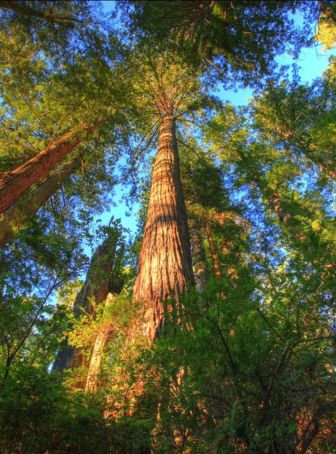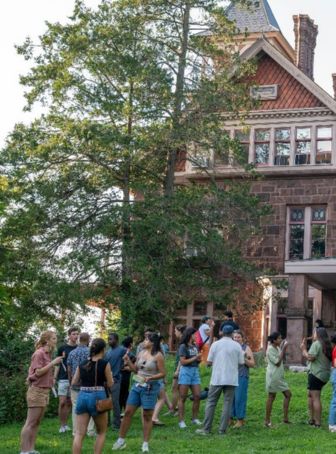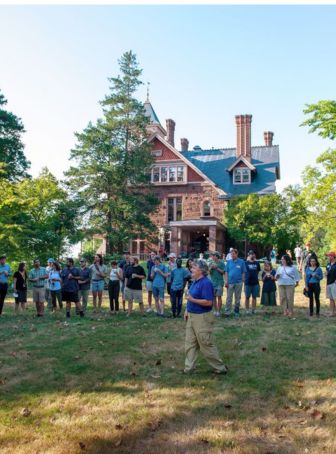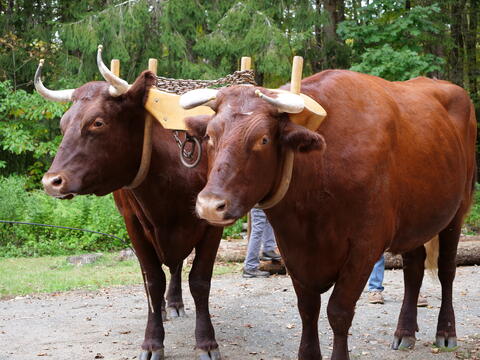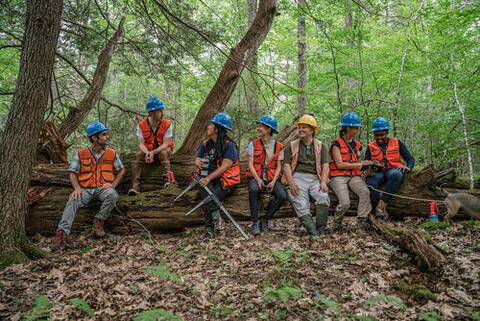
Summer at Yale-Myers Forest is undeniable. An escape from the urban heat waves and an opportunity to build relationships with the land and one another, students opt to spend 12 weeks at YMF for research and the forest apprenticeship program, affectionately known as Forest Crew.
This summer, Matt Valido ‘21 MF led his first Crew as Forest Manager. Valido joined as a Crew member in 2021, immediately after graduating, and since transitioned into the forest fellowship and leadership position of Forest Manager.
Crew is back to its 12-week glory and with a large cohort. Second year foresters on Crew included Musa Joko ‘22 MF, Chris DeFiore ‘22 MF, Kyle Lemle ‘22 MF, and Claudia Ochoa ‘22 MEM. First years rising into their second included Emma Broderick ‘23 MF/MBA, Shaylyn Austin ‘23 MF, Michael Freiburg ‘23 MF, and Jess Jones ‘23 MEM.
This Crew split its time across three of Yale’s forests: Yale-Myers (Connecticut), Toumey (New Hampshire), and Crowell Ravine (Vermont). Lucky for this Crew, they were able to walk down YMF camp’s driveway and across the street to inventory their division, the French Division. The Crew determined a big, irregular shelterwood and a thinning in a nearby stand would be their prescriptions in a division with lots of ponds and beavers. Valido also noted that the Crew met next-door neighbors who have a management plan completed by students from the School, a welcoming sense of community in the Quiet Corner.
Up in the oak, pine, and hemlock forests of New Hampshire, Yale Forests has been conducting a continuous forest inventory (CFI) on a decadal scale at Toumey. Importantly, the collected research is used to track sustainable yield for Yale Forests. Valido describes the data to show distinct signals of changes in the forest – like when wooly adelgid hit and when we started using shelterwoods as a prescription. Most recently, Reid Lewis ‘20 MF, doctoral student used this data to create a baseline for carbon data for Yale Forests.
To find plot centers for the CFI data? Crew went on a geocaching scavenger hunt of sorts. Decades ago, in the 1950s, students wrote instructions to find the plots and left beer bottles at plot centers. Today’s Crew is still using those vague instructions – along with some GPS coordinates – to find plot center to inventory the surrounding trees – the same trees measured by previous students over the past 70 years. The last time students collected CFI data was in 2009-2010; the 2022 Crew used notes from the Crew members of that time, including Lecturer, Associate Research Scientist, and Director of Research at Yale Forests Marlyse Duguid ‘10 MF, ‘16 PhD. A piece of Yale Forests’ history, students continue to document the forests that stand in Toumey, the first forest of the Yale Forests system and originally a true forest ecology research – rather than working – forest.
In Vermont, Crew visited a true northern hardwood forest with steep slopes and species such as sugar maple, red maple, birch, ash, hemlock, spruce, fir, and beech. Here, Crew performed a timber stand improvement to manage for beech bark disease and they surveyed boundaries at Crowell Ravine.
Crew also enjoyed in-person QCI seminars, workshops including one on wetlands with Lecturer Kealoha Freidenburg, a trip to see grading at Hall Forest Products, and a ride in the forest van to Hamden for a NESAF chapter meeting.
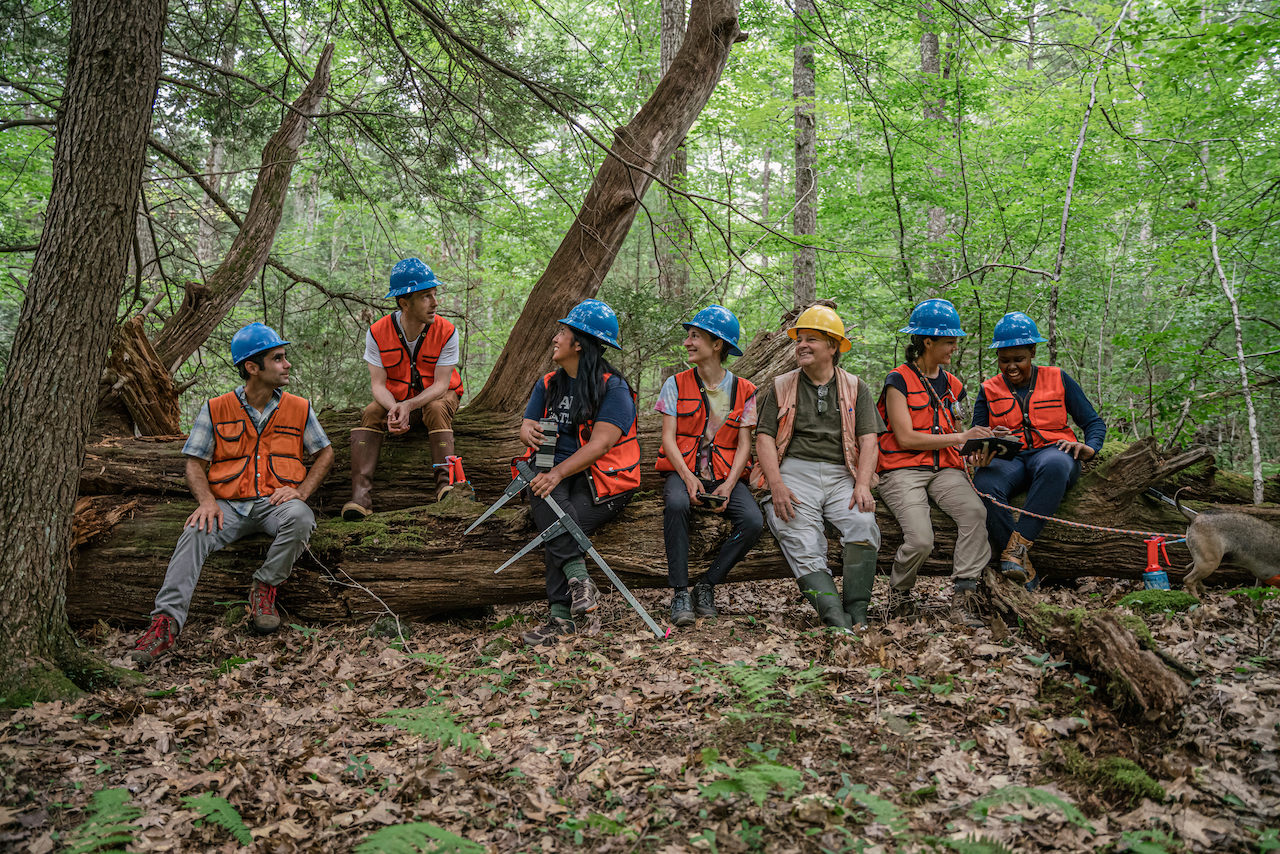
Joe Orefice (far left) and Mark Ashton (yellow helmet) instruct the 2022 Forest Crew on timber marking in Yale-Myers Forest on July 21, 2022. Photo courtesy of Ian Christmann.
